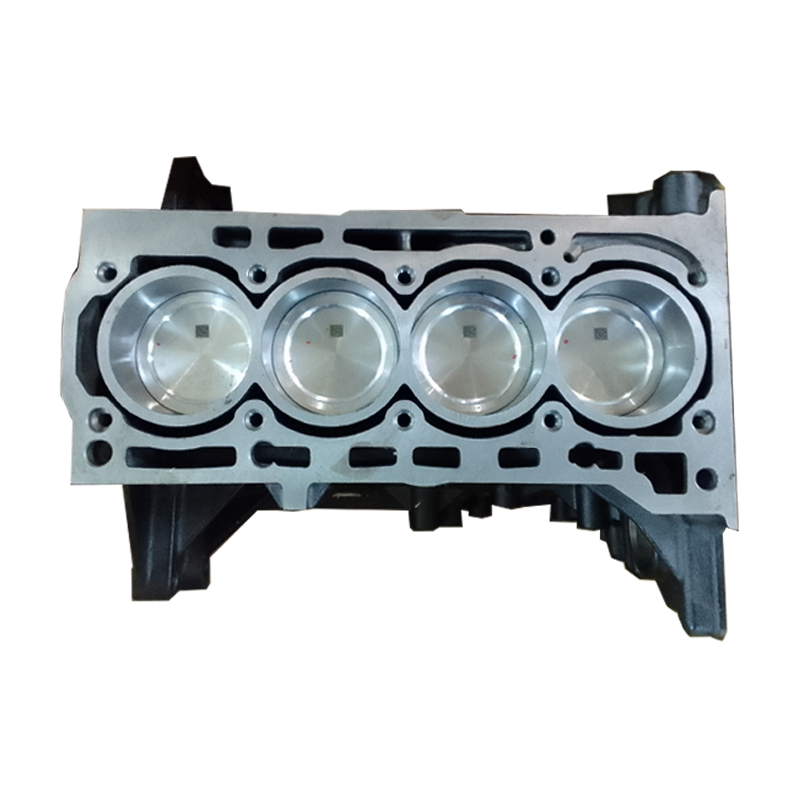Achieve peak performance with a reliable clp engine.
Just How a Clp Engine Can Improve Performance in Different Industries
The advent of CLP engines notes a significant change in operational performance across numerous industries, driven by their capacity to optimize gas consumption and lessen downtime. Industries such as manufacturing and logistics stand to get significantly from their robust layout and consistent power outcome, which assure to improve procedures and boost efficiency. As companies progressively prioritize sustainability together with performance, the role of CLP engines ends up being also more important. What remains to be seen is how these advancements will certainly form the future landscape of industrial operations and their effect on more comprehensive economic trends (clp engine).
Overview of CLP Engines
CLP engines, or Continual Liquid Propellant engines, represent a considerable advancement in propulsion innovation, especially for space applications. These engines use a constant feed system that permits the sustained expulsion of propellant, leading to boosted efficiency and efficiency compared to traditional strong or hybrid propulsion systems. By preserving a constant flow of fluid propellant, CLP engines can accomplish extra precise thrust control, which is important for navigating spacecraft in numerous mission scenarios.
The design of CLP engines integrates advanced materials and cutting-edge gas administration systems. clp engine. This results in lowered weight and raised reliability, important aspects for long-duration space missions. The continual operation lessens the risk of combustion instability, a common obstacle in standard rocket engines.

Advantages in Production
The manufacturing of Continuous Liquid Propellant (CLP) engines offers numerous remarkable benefits that improve both effectiveness and cost-effectiveness. One of the primary advantages is the structured manufacturing process, which reduces the intricacy linked with typical propulsion systems. By making use of liquid propellant, producers can achieve better accuracy in engine performance, resulting in optimized power result and lowered waste.
Furthermore, CLP engines help with a higher level of modularity, enabling easier assimilation right into various production lines. This versatility can substantially lower preparations and improve overall functional flexibility. Making use of CLP innovation also often tends to reduce the requirement for extensive maintenance as a result of fewer relocating parts, which converts into lowered downtime and operational prices.

Applications in Logistics
Leveraging Continual Fluid Propellant (CLP) engines in logistics supplies substantial benefits in functional performance and integrity. These engines give a durable option for different transport demands, enabling the smooth activity of items throughout large distances. The inherent design of CLP engines enables regular power result, which translates into smoother and more predictable transportation timetables.
One of the essential applications of CLP engines in logistics remains in durable products transportation, where they can drive both ground and airborne automobiles. Their capability to preserve high performance under differing tons conditions makes sure that distribution timelines are fulfilled, therefore improving client complete satisfaction. Furthermore, CLP engines can be integrated right into automated logistics systems, promoting real-time monitoring and optimizing course preparation.
Furthermore, the toughness of CLP engines decreases upkeep downtime, enabling logistics companies to optimize their operational capacities. This is especially advantageous in warehousing procedures, where efficiency in managing and transporting items is vital. As logistics continues to progress, the integration of CLP engines stands for a forward-thinking approach that not just improves efficiency however also sustains the industry's expanding demands for integrity and speed.
Effect On Energy Effectiveness
Just How do Continuous Fluid Propellant (CLP) engines boost energy effectiveness in transport? CLP engines utilize a constant circulation of liquid fuel, maximizing combustion processes and keeping a stable thrust result. This design reduces power losses linked with conventional burning engines, where gas distribution can vary and result in inadequacies.
The continuous operation of CLP engines permits an extra efficient thermal cycle, resulting in higher certain impulse contrasted to standard engines. clp engine. This translates useful link to minimized gas intake for the same amount of work done, substantially decreasing functional prices throughout various transportation industries, consisting of aeronautics and maritime industries
Furthermore, the capacity of CLP engines to preserve optimal efficiency under varying lots problems minimizes the demand for frequent acceleration and slowdown, further boosting gas effectiveness. Enhanced energy effectiveness not only adds to cost savings but also results in lower greenhouse gas discharges, straightening with worldwide sustainability goals.
Future Trends and Innovations
Emerging developments in Continuous Liquid Propellant (CLP) engine modern technology assurance to change the landscape of transport effectiveness and sustainability. As industries pivot towards greener alternatives, our website CLP engines stand at the center, incorporating innovative materials and style techniques that improve performance while reducing ecological effect.
One of the most promising patterns is the adoption of hybrid systems that combine CLP engines with renewable resource sources. This harmony can optimize fuel consumption and reduce exhausts, aligning with international sustainability objectives. In addition, advancements in computational liquid dynamics (CFD) are facilitating the layout of even more aerodynamically reliable engines, leading to reduced drag and enhanced fuel performance.
Additionally, the advancement of smart tracking systems is established to boost functional performances. These systems utilize data analytics and IoT innovation to maximize engine performance in real-time, making sure that the engines run within their most efficient criteria.
As research study remains to explore different propellant solutions-- such as biofuels and artificial gas-- the future of CLP engines looks promising. By using these innovations, sectors can not only boost their effectiveness yet also add considerably he has a good point to a cleaner, more lasting future in transport.
Final Thought
In conclusion, CLP engines represent a considerable improvement in effectiveness across multiple markets. The assimilation of sophisticated materials and fewer moving components lessens maintenance demands, while positioning with sustainability goals positions CLP engines as a critical technology for the future.